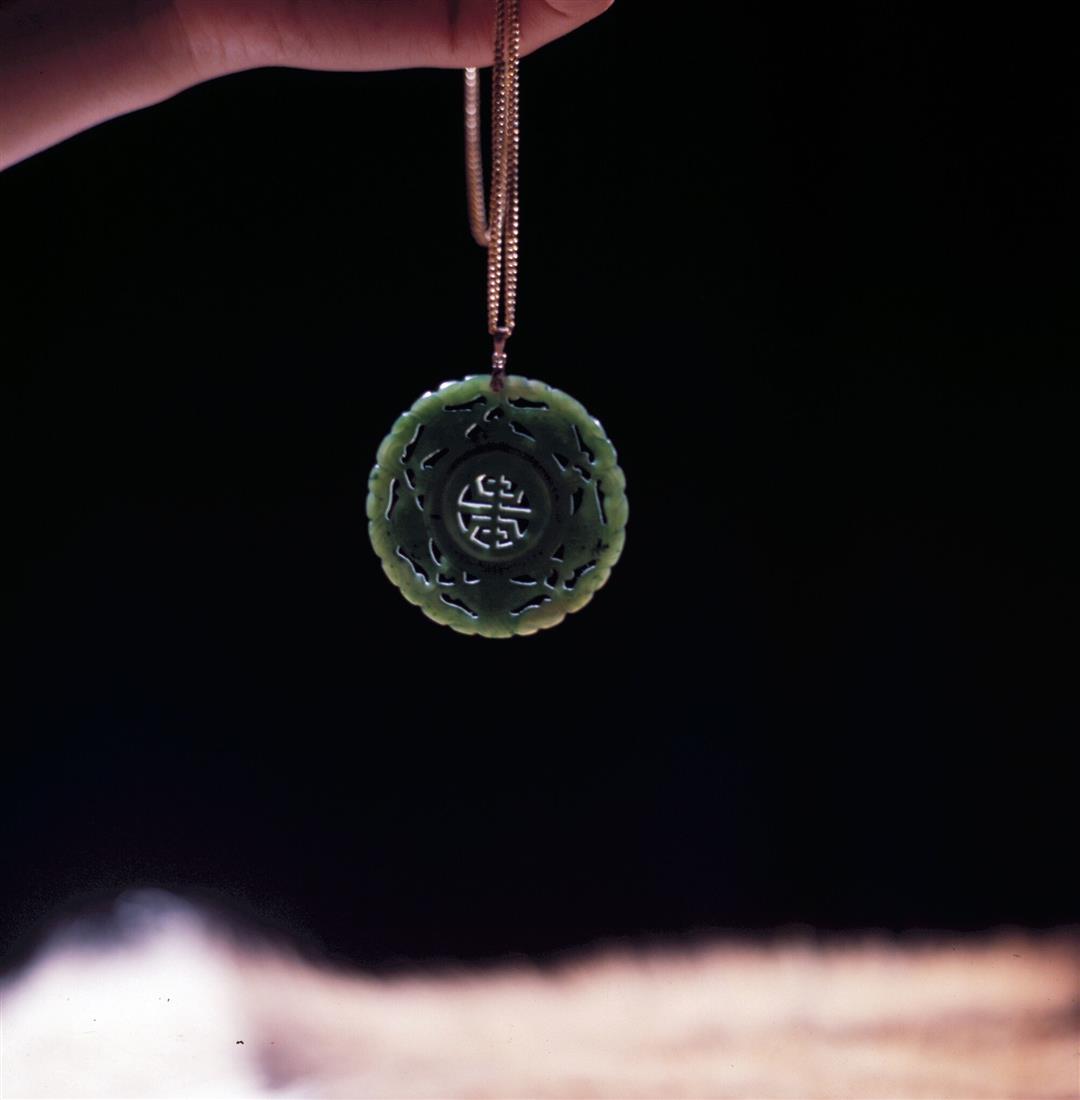
Since ancient times, the Chinese have regarded jade as a treasure and a symbol of virtue and culture. A man of letters would carry a piece of the stone as evidence of his academic achievements. A young lady wore a piece of jade jewelry to show her dignity and good taste. People generally believed that jade could ward off evil spirits, and, therefore, protect them from danger.
Green is the color of the best jade, but a stone of many hues may be even more valuable. White represents sanctity, green symbolizes advancement in one's career, red suggests longevity, and purple signifies wholeness. A piece of jade containing all four colors can command an astronomical price.
Wealthy families often adorn the bodies of deceased relatives with jade bracelets or pendants. Jade taken from a grave is particularly valued, since it is believed to have absorbed the blood of a dead person, and is therefore even more potent in its ability to banish evil.
Taiwan's annual production of jade is estimated at 1,000 metric tons. Prof. Tan Li-ping a jade specialist at the National Taiwan University estimates that, at 600,000 tons, deposits in Taiwan account for more than half of the world total. About 99 percent of Taiwan jade is produced in an area of only 800 hectares around Fengtien in Hualien County on the eastern side of the island.
At one time, Fengtien was more known for its asbestos deposits than its jade. During the Second World War, the Japanese Navy relied on Fengtien for its supplies to insulate the boilers on its warships, and asbestos miners were exempt from military service abroad.
After Taiwan's retrocession from Japan, the Chinese government continued to mine asbestos from Fengtien, and also obtained supplies of talc for the paper, rubber and pesticide industries. Jade was only discovered in the area in 1961.
Over the past 15 years, high-quality jade, which can be sliced into pieces only two millimeters thick, has been excavated. Taiwan's jade is as hard as that found in Canada and Korea, but it is greener because of its higher chromium content.
Said Prof. Tan: "Taiwan jade is the best in the world in terms of transparency, texture and variety of colors, but its reputation has been tarnished by improper mining methods." He explained that miners rely on past experience and sheer luck in conducting their operations. Because they use high explosives, the stone is often cracked, leading to the belief that it is not hard enough. Another drawback is the lack of clear demarcation between color bands, which reduces appeal on export markets.
The government is now paying attention to the importance of Taiwan's jade deposits. Last October, some NT$9 million (US$250,000) was set aside to improve recovery methods, and the Executive Yuan has ordered the establishment of a task force to survey distribution of the mineral and how best to market it.
Miners have been required to adopt more advanced techniques, and inspections are carried out to make sure that no cracked or blemished pieces are exported.
Prof. Tan, who is in charge of this project, said that in the past, only 200 tons of marketable jade could be extracted from 1,000 tons of raw material because of damage caused by dynamite blasting. Since less forceful satchel charges were used, the damage has been reduced. But the most efficient mining method of all, involving the use of cutting machines, will have to wait until sufficient funds are available, Prof, Tan said.
The excavated rock is trucked to Hualien for sale to a processing factory. Often, however, it is snapped up by eager buyers before it reaches its destination. The buyers splash the rock with water to determine its color, quality and purity. High quality jade sells for US$30 a kilogram, while low-quality stone can only fetch US$9.
In the processing factory, the jade is cut, carved and polished. Craftsmen base their techniques and designs on examples of the ancient artifacts in the National Palace Museum in Taipei. In addition to jewelry, Taiwan jade is made into Buddha statues, screens, incense burners and other artistic products.
Another expert in the field, Prof. Wang Chih-ming of the National Taiwan University's department of geology, said that each year large quantities of soft jade are shipped to Taiwan from Alaska for processing before being re-exported. International recognition of Taiwan's expertise in the field came when the Australian National Museum entrusted a local company to carve a 1,000-carat opal Buddha. Since one carat of opal is worth US$700, such a stone can be regarded as a national treasure. The processing factory worked on the opal day and night under heavy guard before the statue was finished, and was shipped to the museum together with the pieces left over. The work won high praise for the techniques of craftsmen in Taiwan.
One of the most outstanding contributors to Taiwan's jade processing industry is Yang Tzu-hung, who has run a processing business with his father since he graduated from senior high school, and was the first person on the island to polish a piece of jade cat's eye. The stone sold for NT$150,000 (US$4,200), an amount which astonished Hualien's jade industry.
Thousands of people flocked to a nearby abandoned rock pile and riverbed to look for more cat's eye material. In the past more than 10 years, about US$280 million worth of cat's eye jade has been sold on the domestic and world markets. The variety, only produced in Sri Lanka and Taiwan, is preferred in Japan and Southeast Asian nations. The Ceylonese often fashion a piece into an heirloom, and a good stone can be more valuable than an equivalent diamond or ruby. One sold for 180 million yen (US$800,000) in Japan recently.
The boom in the jade industry has persuaded more and more people to work in the field. According to the Hualien Tourist Association, more than 300,000 people in the area are employed by the jade processing industry at present.
[Picture Caption]
Left: In an area of little more than 700 hectares in Fengtien in Hualien County can be found 60 percent of the world's known soft jade. Jade quarries can be seen everywhere. Right: Large quantities of high-quality jade have been excavated from this quarry. According to a Taiwan University Professor, local products are the world's best in texture, color and transparency.
1. Push-carts such as this are the main means of moving the jade rocks. 2. Electric satchel charges are used in mining to reduce cracks. 3. Production has been improved under Professor Tan's guidance. 4. Seventy percent of world jade and emerald is processed in Taiwan.
1 & 2. Ring and bracelets incorporating Taiwan jade are popular. 3. & 6. The exquisite cat's eye stones. 4. Jade can also be made into artifacts. This jade incense-burner is typically Chinese. 5. Yang Tzu-hung, who produced Taiwan's first cat's eye stone, says local gems have a wider variety of colors than those from Ceylon.
1. This sculpted jade screen features several dragons, a symbol of good fortune in China. 2. Jade necklaces are treasured by women. 3. Many people are captivated by jade. 4. Cat's eye stones are usually made into rings.
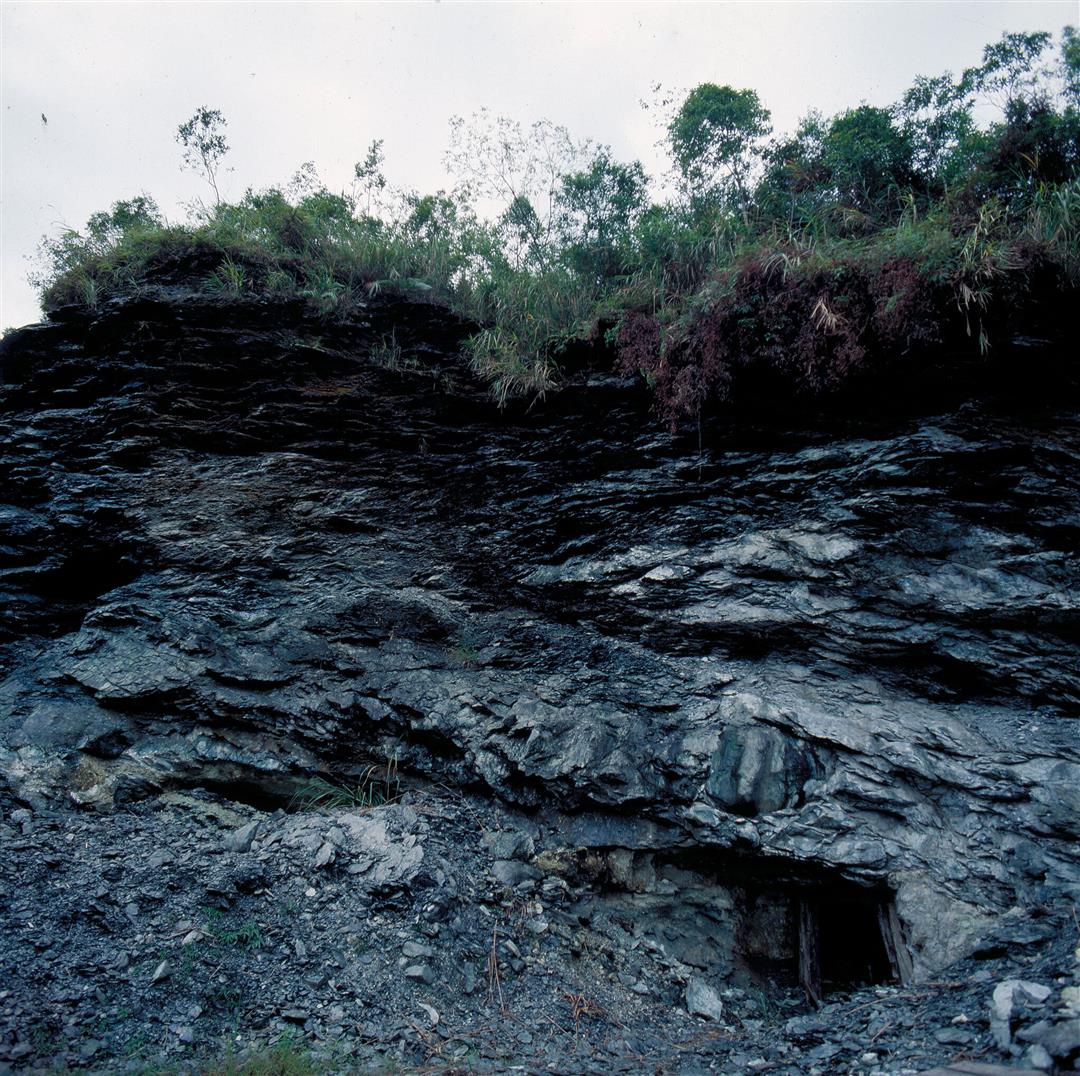
Large quantities of high-quality jade have been excavated from this quarry. According to a Taiwan University Professor, local products are the world's best in texture, color and transparency.
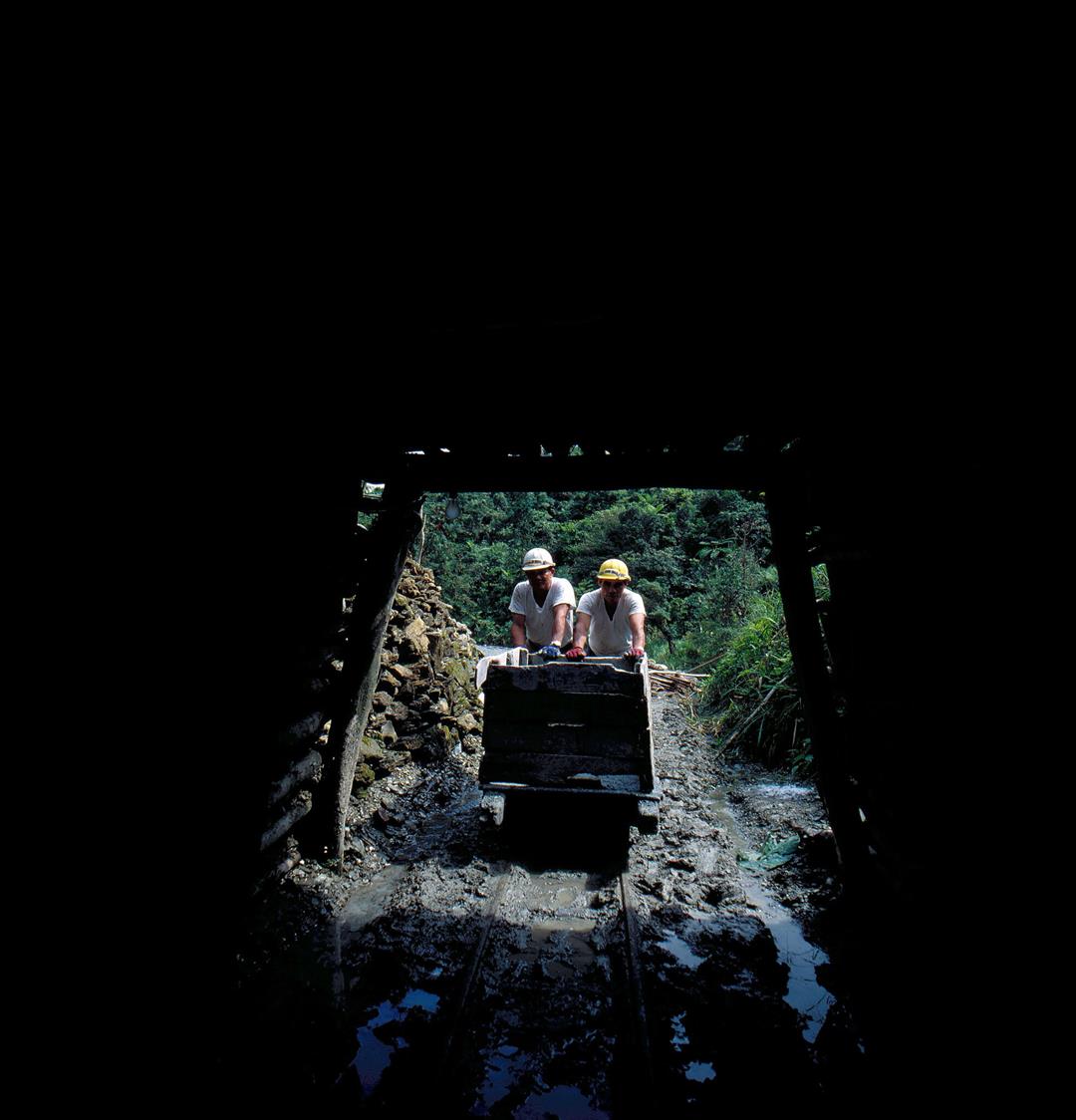
Push-carts such as this are the main means of moving the jade rocks.
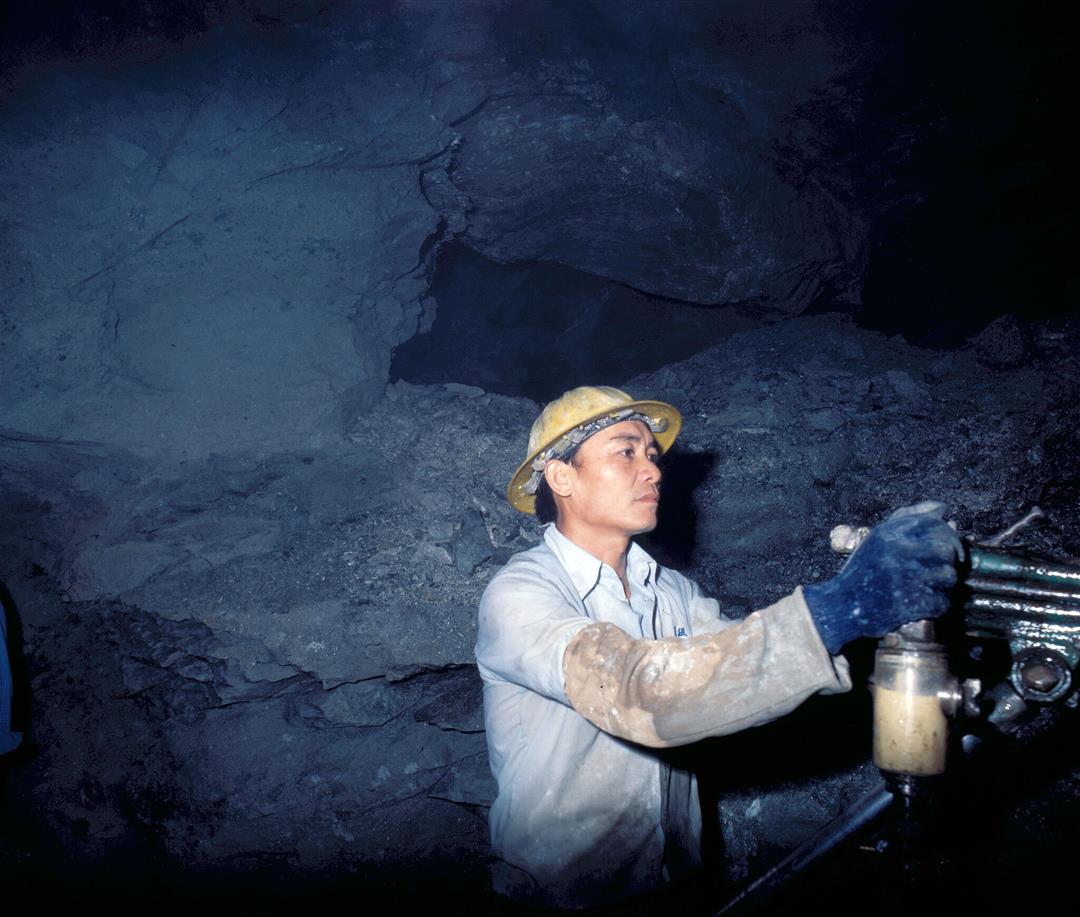
Electric satchel charges are used in mining to reduce cracks.
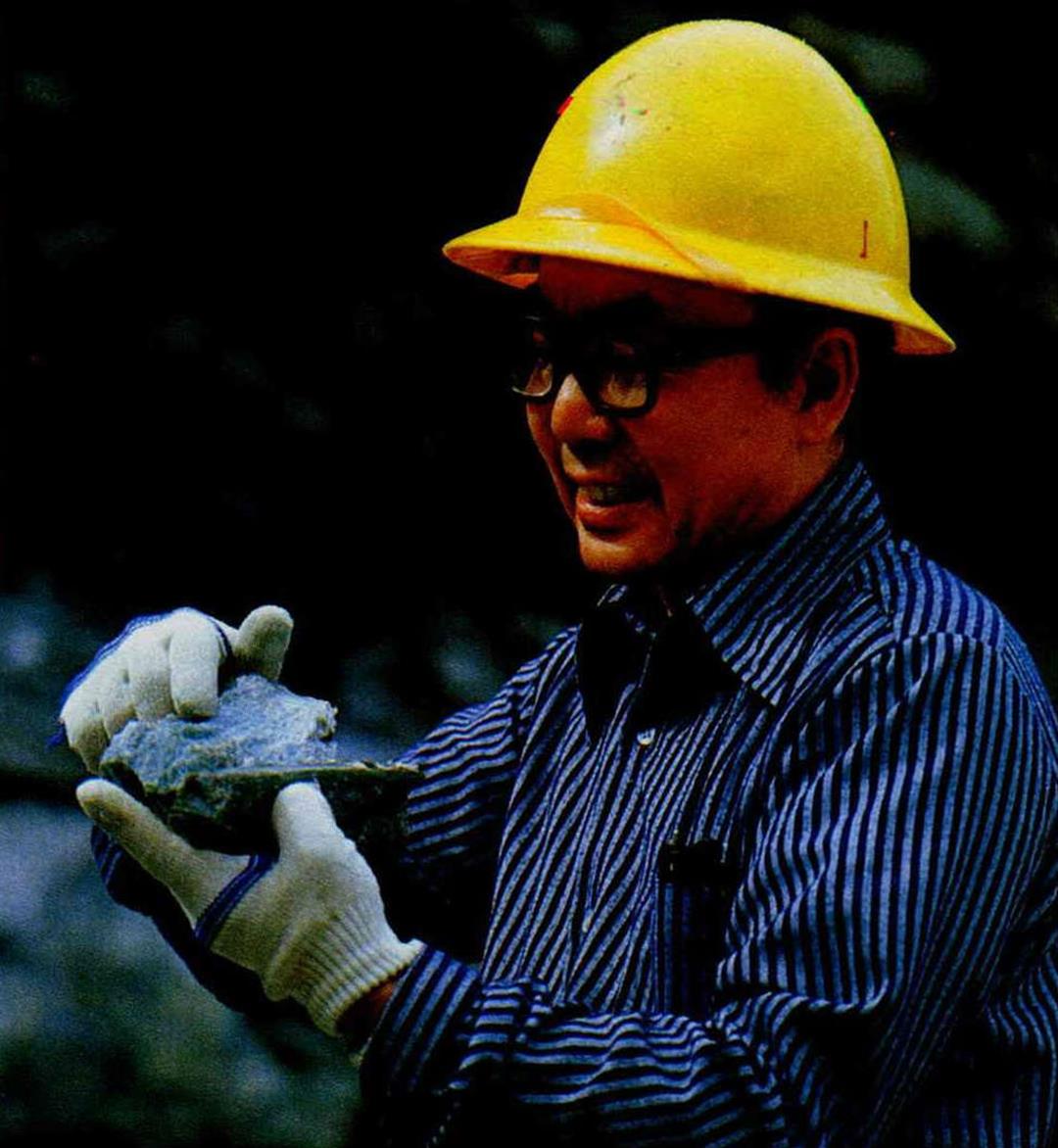
Production has been improved under Professor Tan's guidance.
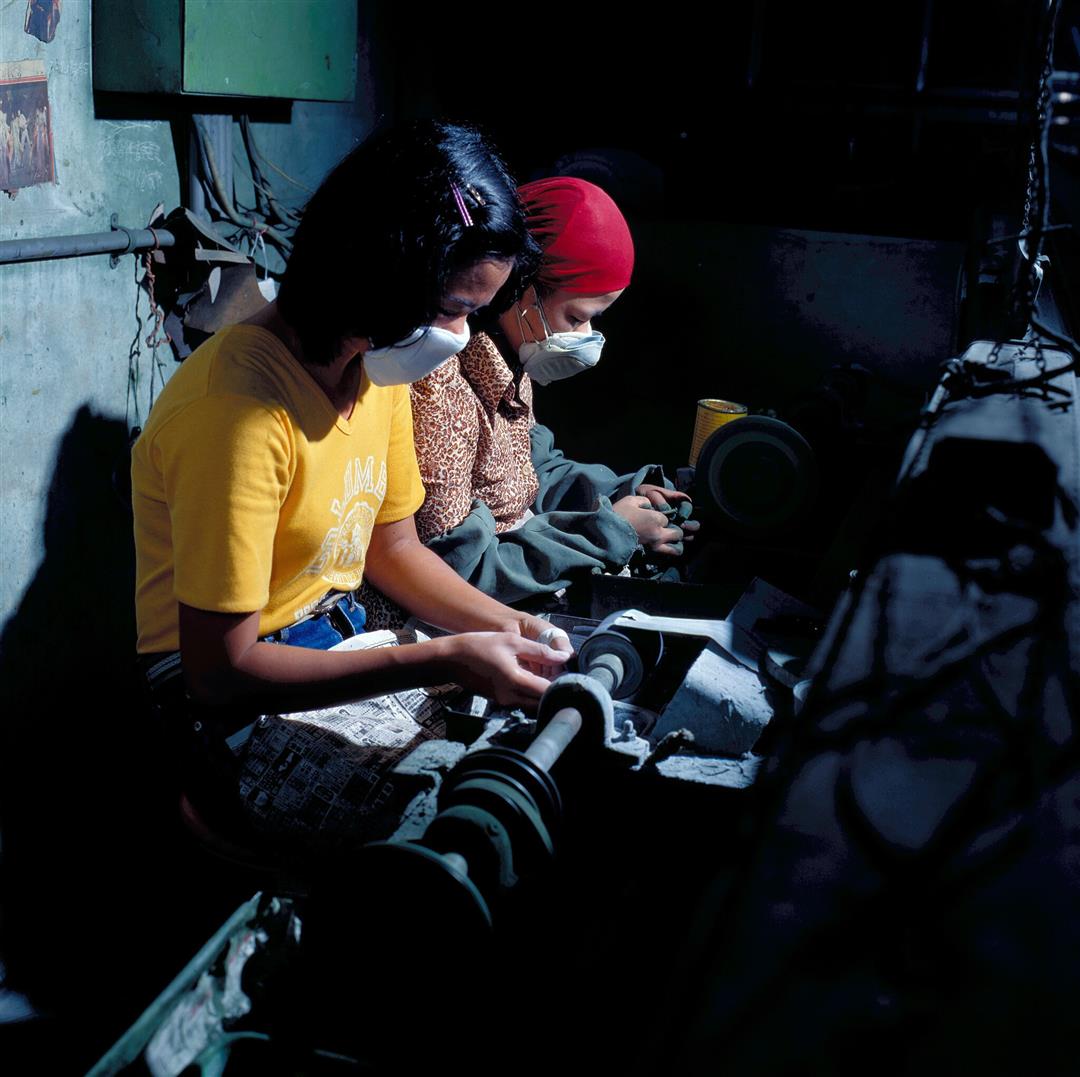
Seventy percent of world jade and emerald is processed in Taiwan.
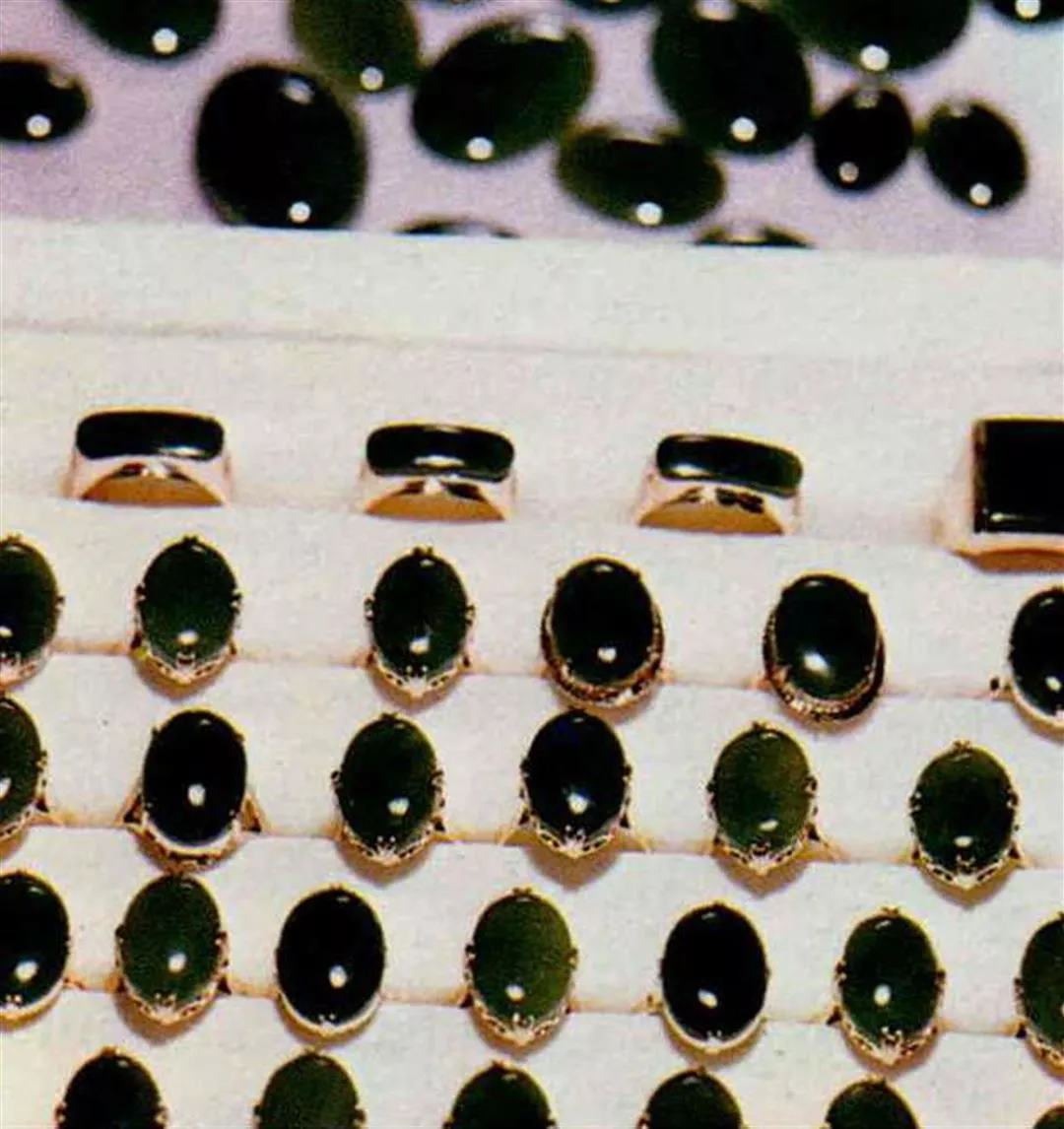
Ring and bracelets incorporating Taiwan jade are popular.
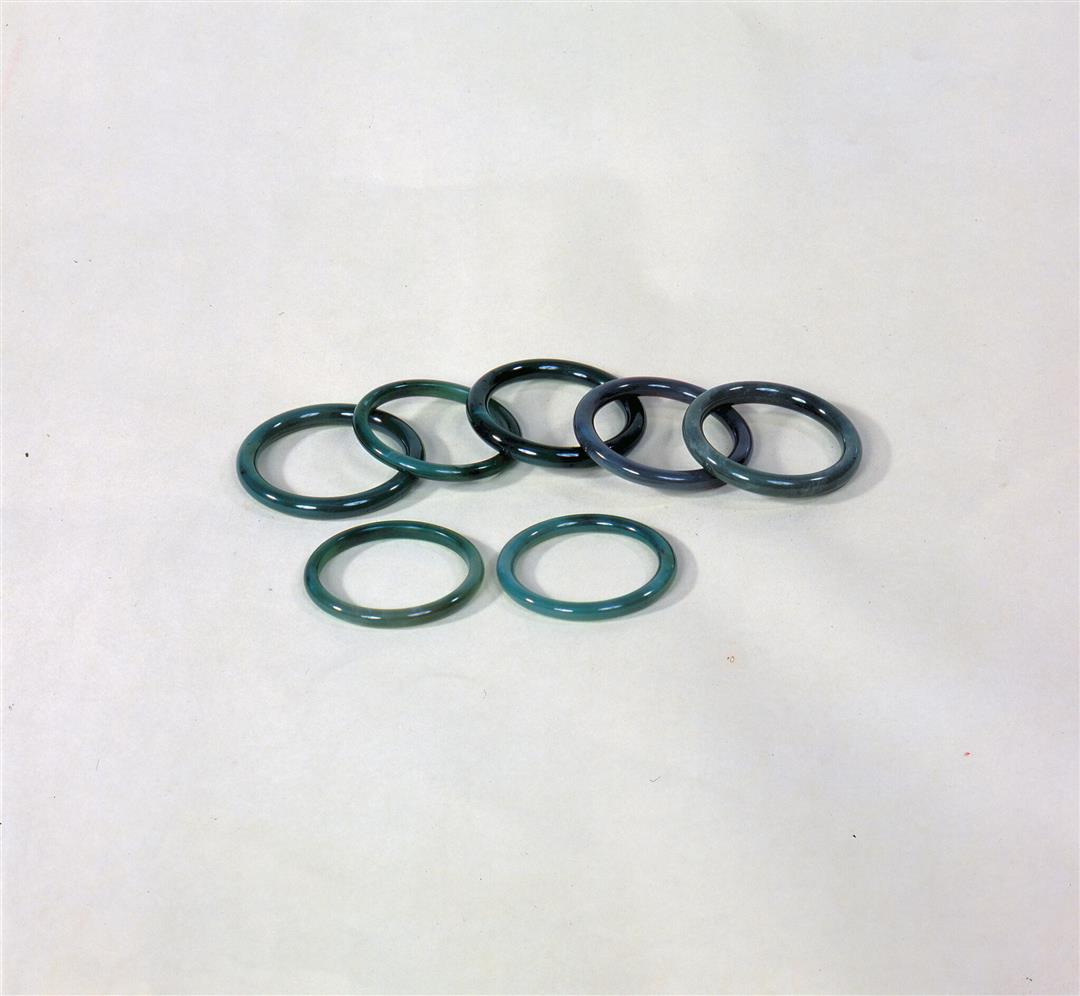
Ring and bracelets incorporating Taiwan jade are popular.
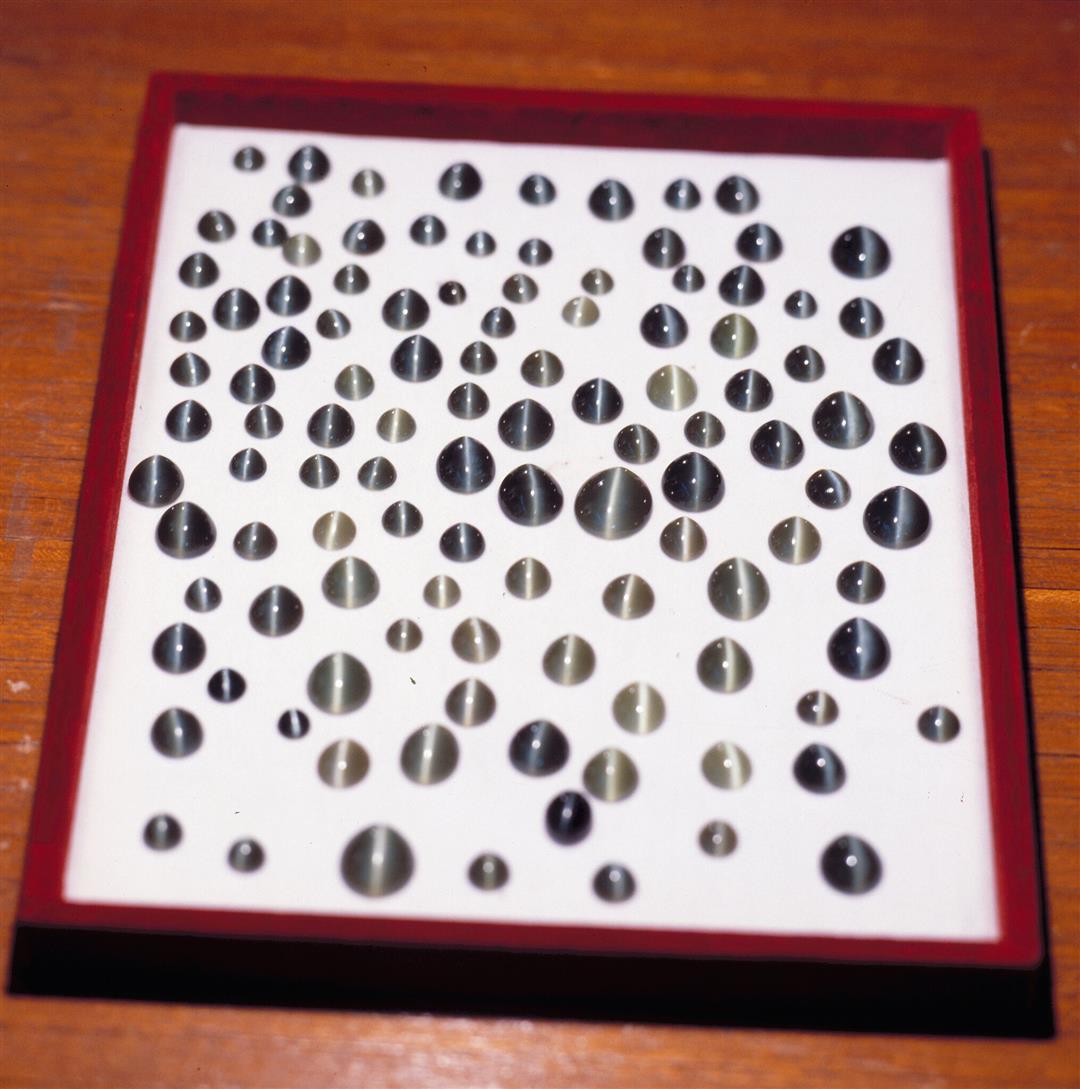
The exquisite cat's eye stones.
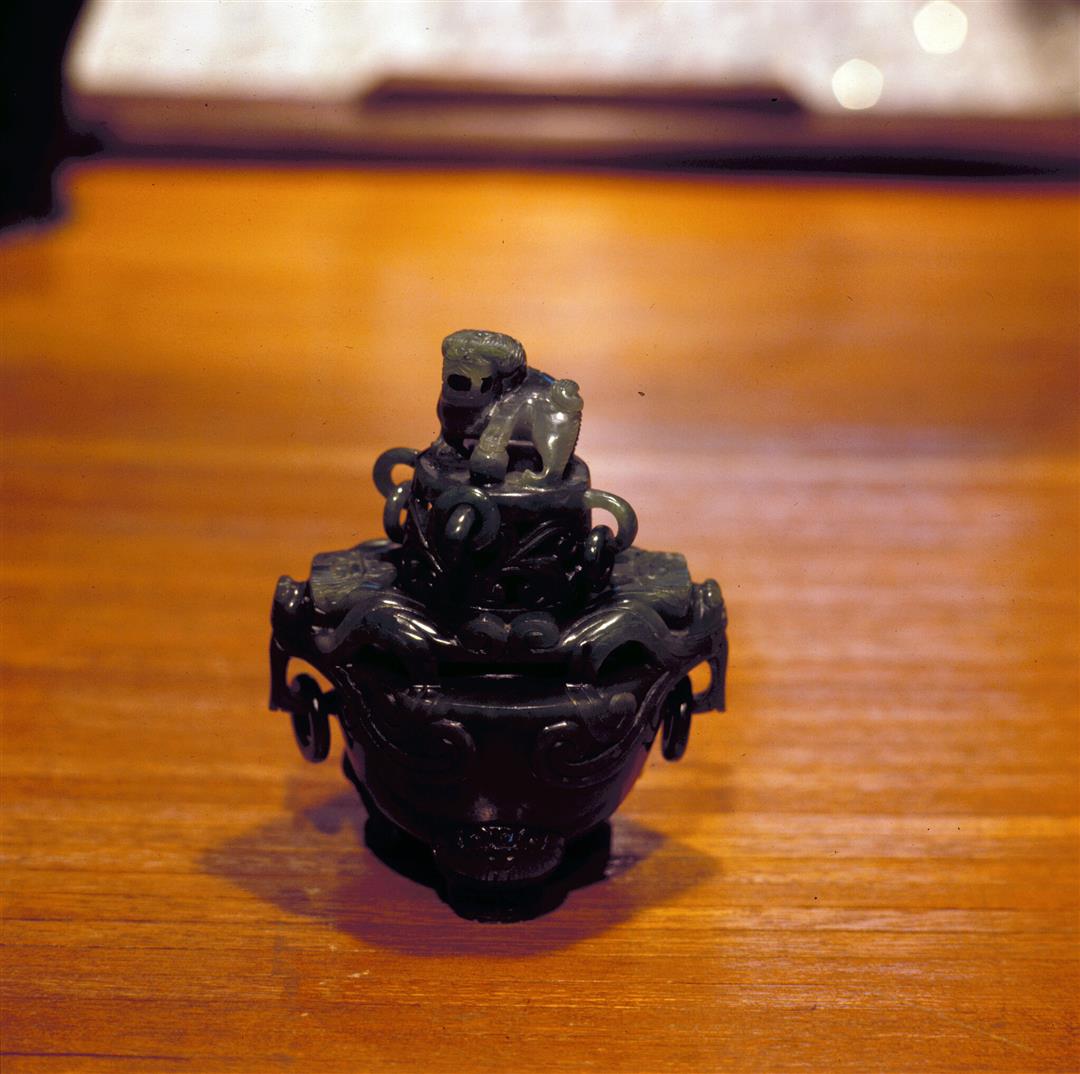
Jade can also be made into artifacts. This jade incense-burner is typically Chinese.
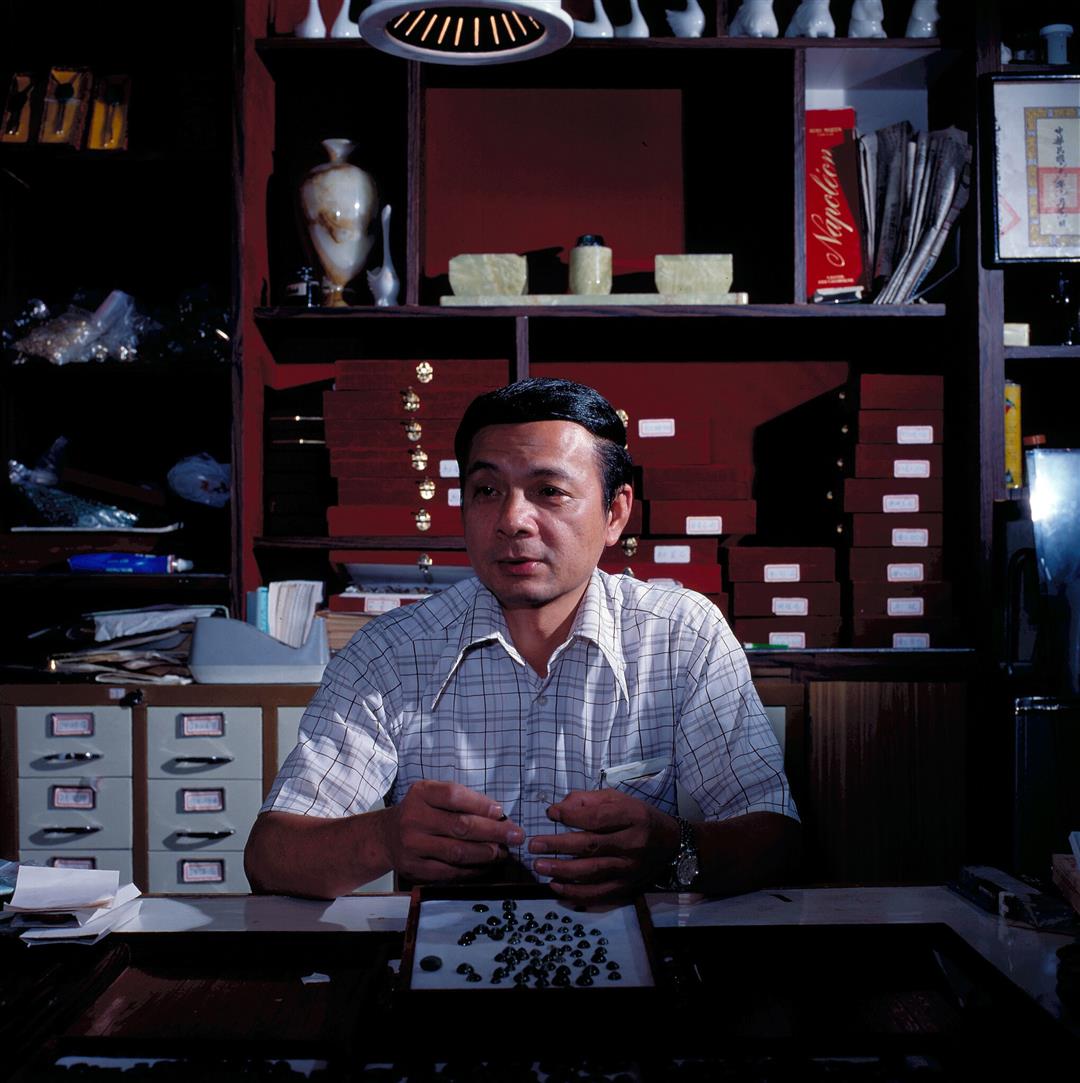
Yang Tzu-hung, who produced Taiwan's first cat's eye stone, says local gems have a wider variety of colors than those from Ceylon.
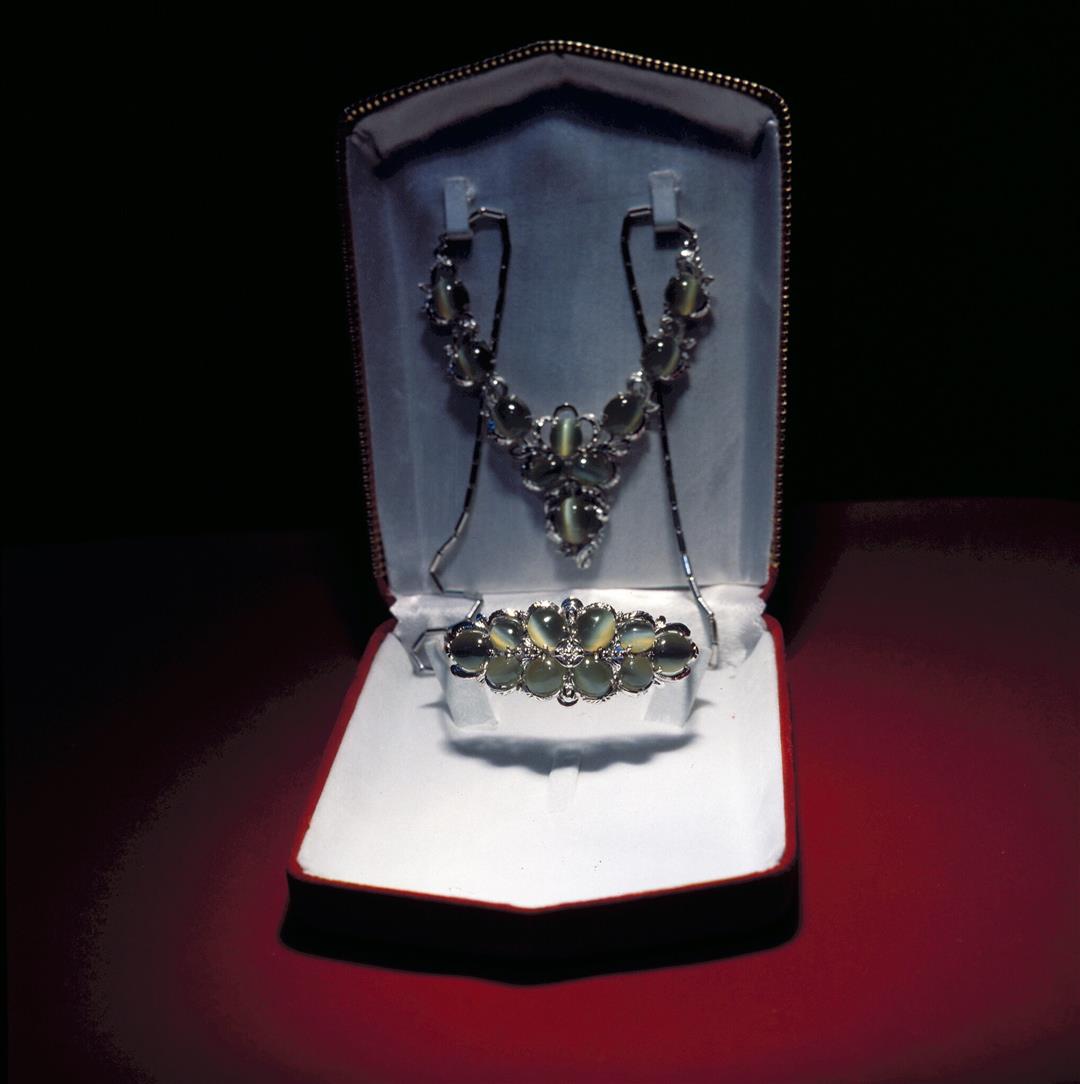
The exquisite cat's eye stones.
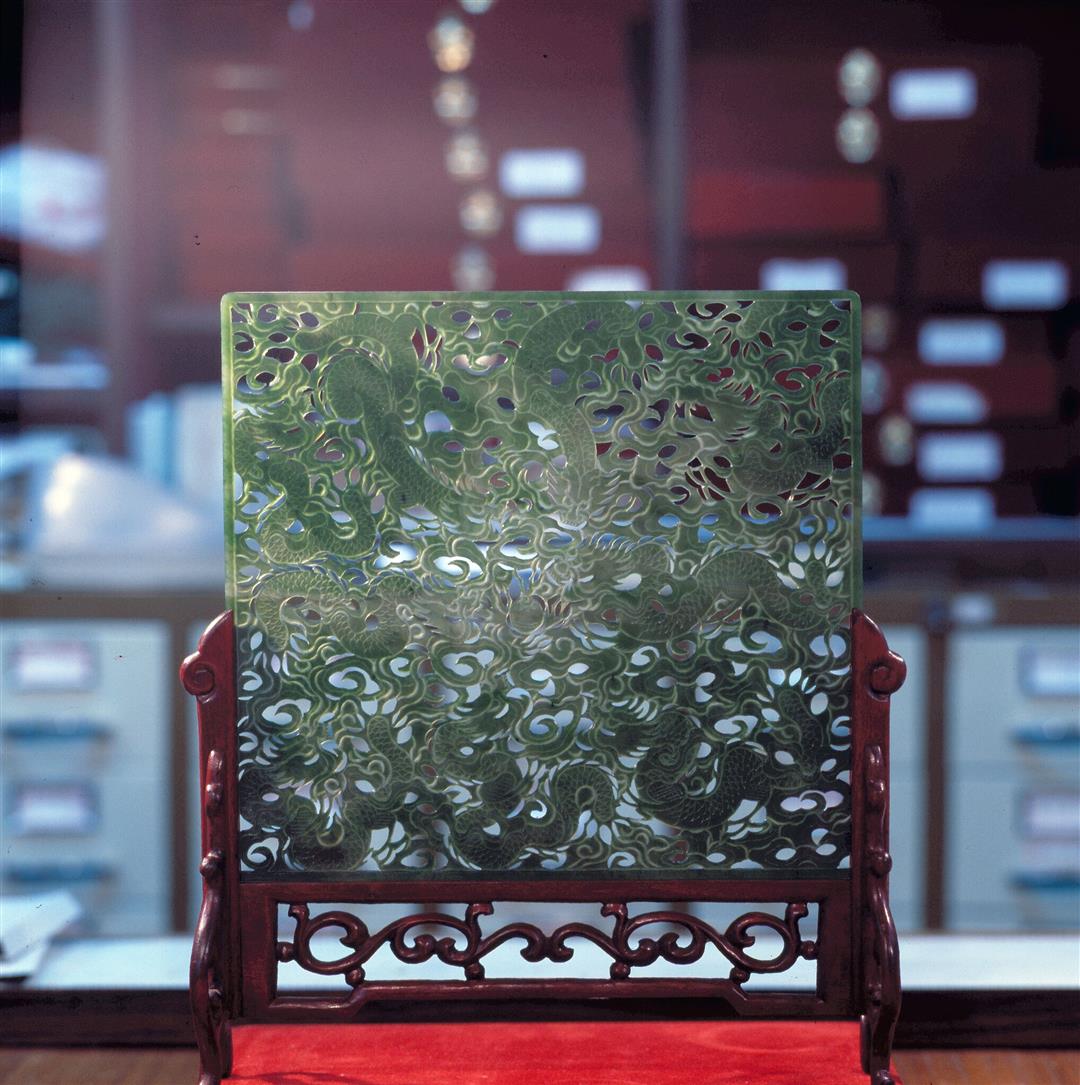
This sculpted jade screen features several dragons, a symbol of good fortune in China.

Jade necklaces are treasured by women.
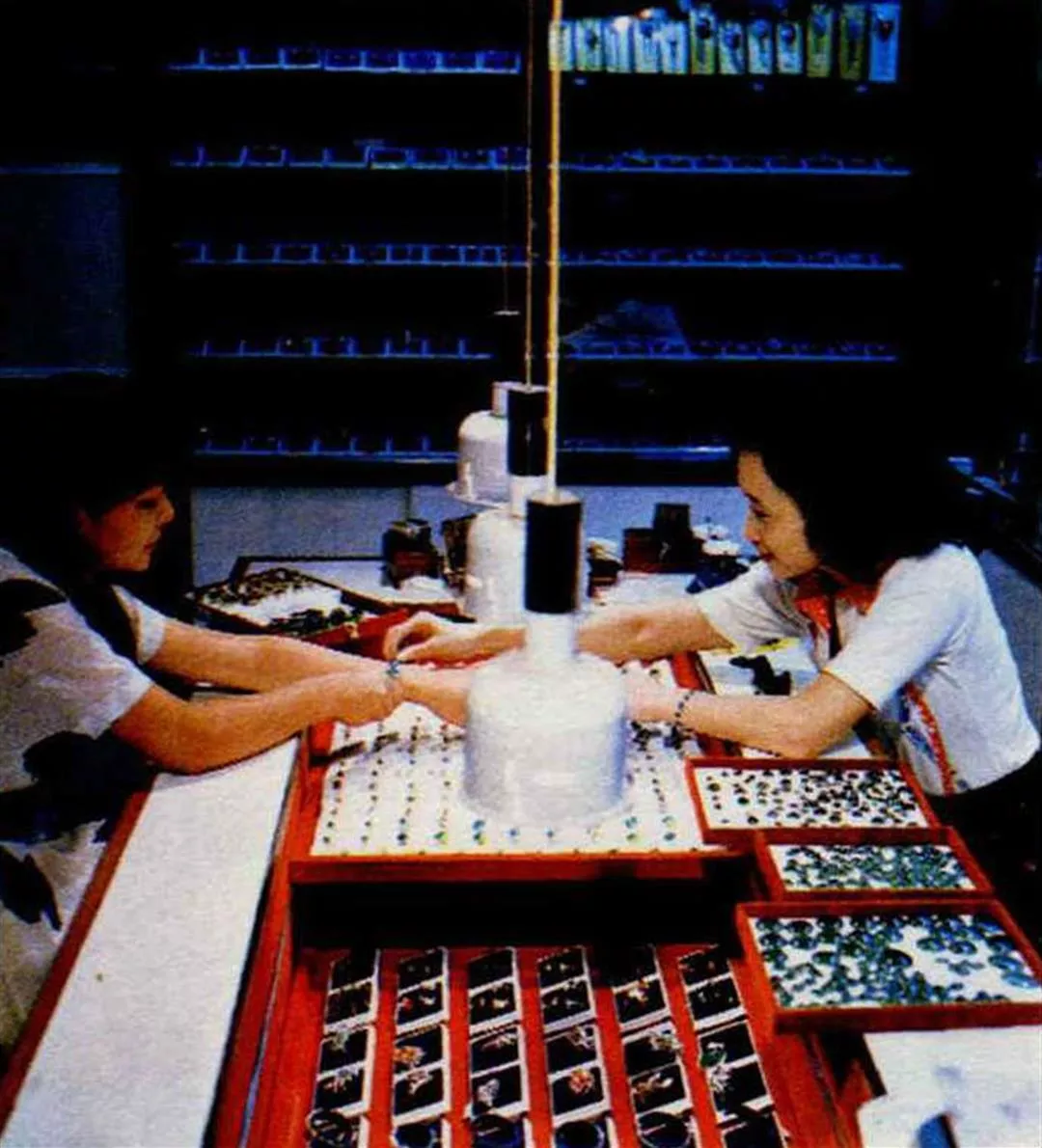
Many people are captivated by jade.
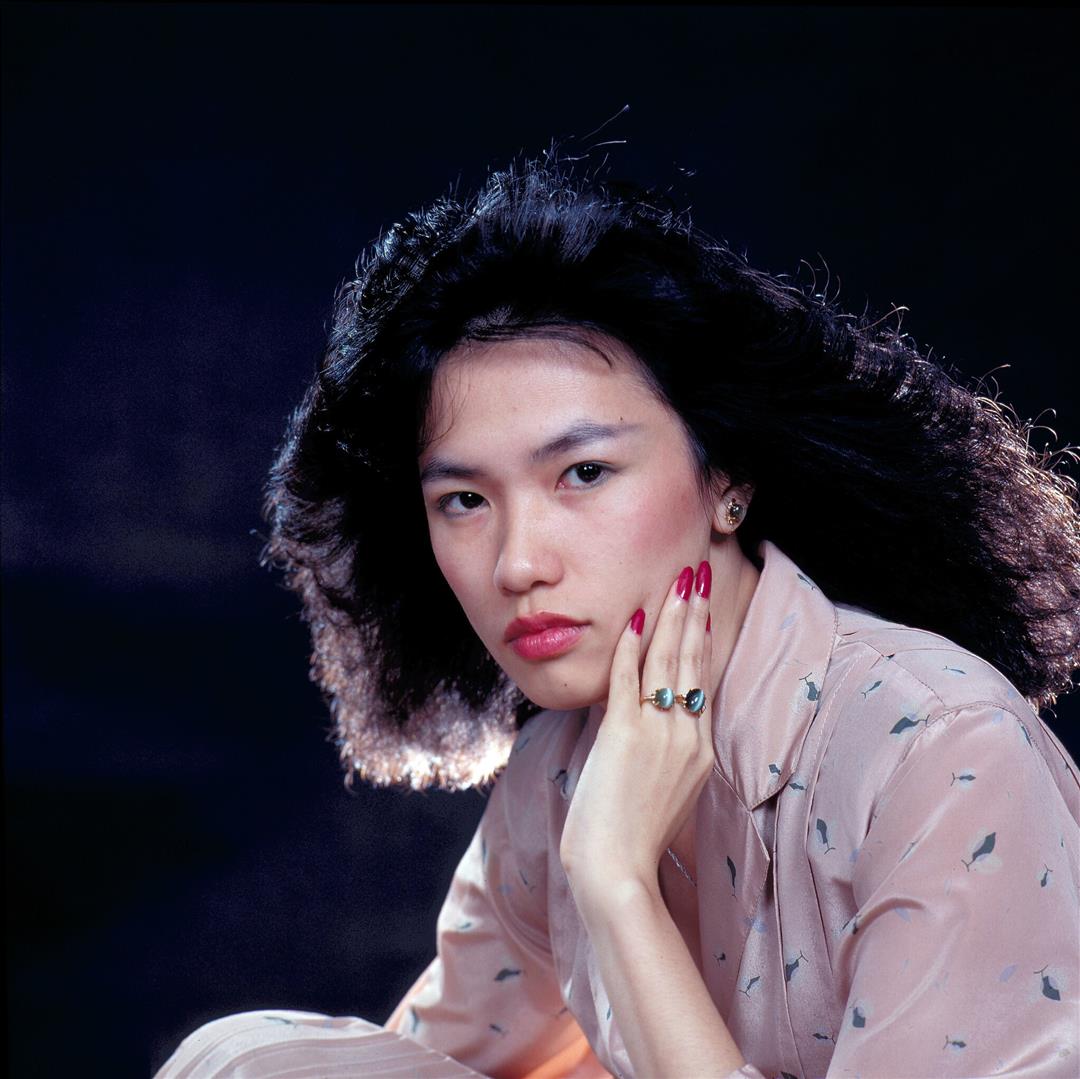
Cat's eye stones are usually made into rings.


@List.jpg?w=522&h=410&mode=crop&format=webp&quality=80)




@List.jpg?w=522&h=410&mode=crop&format=webp&quality=80)